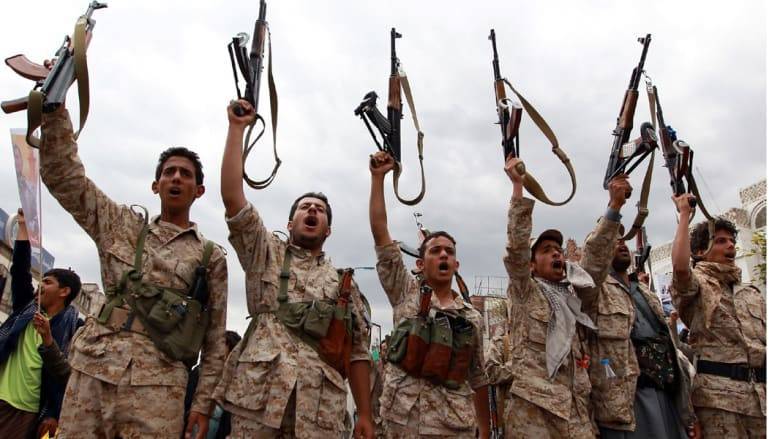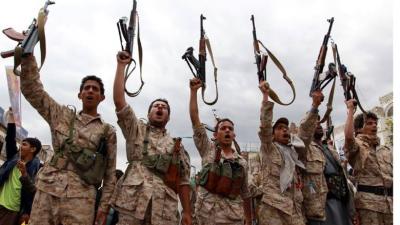The United States and Britain have carried out air and naval strikes on military targets belonging to the Houthi movement in Yemen in response to the group's attacks on ships in the Red Sea, marking a regional expansion of the war between Israel and Hamas in Gaza. Witnesses inside Yemen confirmed to Reuters the occurrence of explosions in several areas of the country. U.S. President Joe Biden warned in a statement late Thursday that he would not hesitate to take further action if necessary.
Here are some details about the Iran-aligned Houthi movement:
**History**
In the late 1990s, the Houthi family established a religious revival movement for the Zaidi Shia sect in northern Yemen, which had previously ruled Yemen but whose stronghold had become marginalized and impoverished. With escalating disputes with the government, the Houthis engaged in a series of guerrilla wars against the national army and entered a brief border conflict with Saudi Arabia.
**The War in Yemen**
The war in Yemen began in late 2014 when the Houthis took control of the capital, Sanaa. Concerned about Iran's growing influence near its borders, Saudi Arabia intervened in March 2015 at the head of a Western-backed coalition in support of a government internationally recognized and backed by Riyadh. The Houthis controlled vast areas of northern Yemen and other major urban centers, while the internationally recognized government made its base in Aden. Yemen has experienced relative calm for over a year amid UN-led peace efforts. Saudi Arabia is engaged in talks with the Houthis in an attempt to end the war. However, the Houthi attacks on ships in the Red Sea have increased the stakes of the conflict for Saudi Arabia.
**Houthi Attacks**
The Houthis claim that their attacks on shipping lanes in the Red Sea are a demonstration of support for the Palestinians and Hamas in the fight against Israel. The attacks have disrupted international trade and forced global shipping companies to take the longer route around the southern tip of Africa to avoid being targeted. The rising costs of moving goods and shipments have raised concerns about a new wave of inflation worldwide. The United States states that Australia, Bahrain, Canada, and the Netherlands supported the operation against the Houthis, as Washington sought to portray the airstrikes as part of international efforts to restore the free flow of trade on a major route connecting Europe to Asia, which accounts for about 15% of international shipping.
**What is the aim of the Houthi attacks?**
The Houthis are part of what is known as the "Axis of Resistance," an anti-Israel and anti-Western coalition that includes Iranian-backed armed groups in the region such as Hamas, Hezbollah, and the Houthis. The Houthis declared that they had launched drones and missiles at Israel and vowed to continue attacks "until the Israeli aggression stops." They raise the slogan "Death to America, Death to Israel, Curse on the Jews, Victory to Islam."
**Links with Iran**
The Houthis have established relations with Iran, but the extent of this relationship remains unclear. The Saudi-led coalition accuses Iran of arming, training, and financing the Houthis, which Iran and the Houthis deny. The coalition also claims that Hezbollah in Lebanon assists the Houthis, which the Lebanese group has denied. While Iran hails the Houthis as part of the "Axis of Resistance," experts on Yemeni affairs suggest that their main motive is a local agenda, despite sharing a political vision with Iran and Hezbollah. The Houthis deny being Iranian proxies, claiming that they are fighting a corrupt regime.




